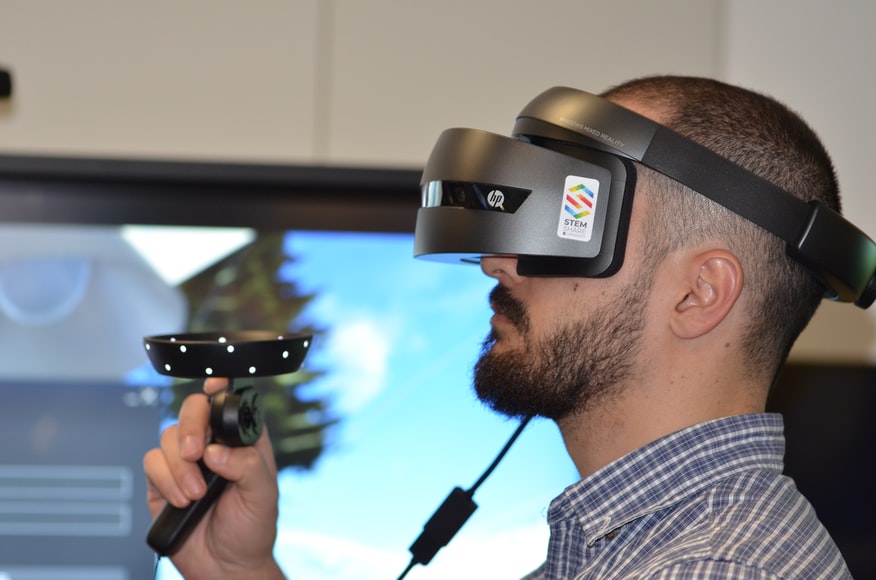
The prevalence of mental health conditions had been on the rise for several years, but 2020 brought the world closer to a mental health crisis. According to data from the World Health Organization, at least 5% of the global population is dealing with depression – that’s around 280 million people.
The pandemic aggravated feelings of sadness and loneliness, and what made it more difficult to deal with was the limited access to mental health services. In this bleak scenario, technology brought a ray of hope. By improving access to mental health resources, technology helped communities and families better cope with the emotional impact of the pandemic, offering an effective replacement for face-to-face therapy, which was unavailable for most of the year.
The need for therapy increased exponentially during the pandemic, and studies showed that online therapy could be just as effective as in-person sessions. In addition to allowing treatment continuity for people who were no longer able to see their therapist in person, online therapy also attracted people who were considering a therapist before the pandemic, but hesitated.
Therapist offices are now opening, but mental health issues remain. According to a recent estimation, the global cost of the mental health crisis will reach $16 trillion by 2030, and this includes both direct costs (therapy and medication), as well as indirect costs (intervention programs, social services, etc.). Technology will play an essential role in reducing these costs through these key innovations:
AI-assisted therapy
AI is estimated to grow at a 21% CAGR by 2025, and chatbots, one of its most popular applications, are already estimated at a value of $17.1 billion. Chatbots have been an important part of marketing and customer support for several years now, but studies show that they can also play an important role in mental health services.
Of course, a chatbot can never replace a human therapist. However, a chatbot can provide initial screening, answer common mental health questions, and connect users with a specialized therapist. For example, a person who experiences symptoms such as numbness, lack of energy, and lack of motivation can find out, by interacting with a chatbot, that these may be initial symptoms of depression and connect with a professional.
Chatbots can also help people who struggle with certain mental health symptoms but are worried about the social stigma that often comes with seeing a therapist. Studies have found that interactions with an automated chatbot can lead to similar bonds as with real-life therapists and that these interactions can convince people that going to therapy isn’t awkward or scary.
Such achievements wouldn’t have been possible a few years ago, but artificial intelligence has evolved at a fast rate, and that allowed developers to create chatbots capable of human-like interactions. AI still isn’t close to replacing humans in this field, and it probably never will be, but, for the time being, it’s an essential tool in improving access to mental health.
Mental health apps
By the latest count, there are now up to 20,000 mental health apps, and most of them reported a surge in downloads during the pandemic, when people needed help coping with symptoms such as anxiety, loneliness, sadness, and insomnia. Like AI-powered chatbots, mental health apps don’t aim to replace therapy; instead, they can actually lead people to therapy by giving them mental health insights. Some of the most popular features of mental health apps include:
- Sleep trackers
- Guided meditation
- Relaxation techniques
- Instant messaging with a licensed mental health professional
- Mental health exercises
- Mood-boosting activities
Mental health apps can be used alone, but they can also be integrated into a patient’s existing treatment. For example, many apps offer features like symptom tracking and journaling. This way, users can monitor their moods and write down their thoughts and triggers, which then helps therapists track progress.
VR therapy
Recent studies show that up to 8% of the Western population and 4% of Asia, Africa, and Latin America deals with phobias in a given year, the most common phobias being acrophobia (fear of heights), claustrophobia (fear of enclosed spaces), social phobias, and agoraphobia (fear of open spaces). In the US, it is estimated that about 19 million people have one or more phobias. Several treatment options are available for phobias, ranging from counseling and talk therapy to exposure therapy. Until not very long ago, exposure therapy involved looking at pictures and videos of the object or situation the patient feared, but now, thanks to Virtual Reality (VR), exposure therapy has become more immersive, which has also increased efficiency.
For example, a person who is afraid of heights can learn to overcome their phobia in a safe and controlled environment, gradually reducing exposure stress. The applications of VR can extend to PTSD; the patient can be exposed to images and sounds that recreate the traumatic experience, thus confronting their fear and gradually overcoming it.
Prescription video games
Don’t play video games, they’re bad for your mental health!
We’ve been hearing this for a long time, and studies have indeed shown that video game addiction can indeed cause isolation, depression, and anxiety, especially for children and teenagers. However, in moderation, video games can be a pleasant hobby that facilitates brain stimulation, combat loneliness, relieve stress, and develop healthy coping mechanisms. Video games can even become a part of mental health treatments. In June 2020, the FDA approved the first prescription video game, Endeavor RX, which is designed to treat ADHD in children ages 8 to 12. The game includes tasks that help children improve their concentration skills and has so far shown great results.
Based on the example of Endeavor RX, other companies have also started to develop similar games that aim to boost children’s emotional vocabulary, cognitive development, and motor skills. Gaining FDA approval was a major milestone for video games, and it showed that, under the right guidance, gaming can be a fantastic mental health tool.
